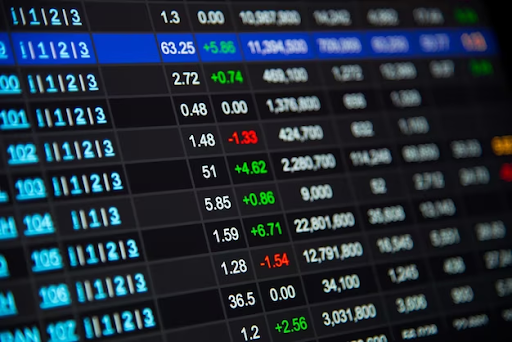
Currency exchange rates play a fundamental role in the global economy, impacting international trade, travel, investments, and more. Whether you’re planning a vacation, investing in foreign markets, or simply interested in understanding the dynamics of international finance, a solid grasp of currency exchange rates is essential. In this comprehensive guide, we will explore the world of currency exchange rates, covering their definition, factors influencing them, and their significance in the global marketplace.
What Are Currency Exchange Rates?
Currency exchange rates, often referred to as forex or foreign exchange rates, represent the relative value of one currency compared to another. These rates determine how much one currency can be exchanged for another. For instance, if you’re traveling to Europe from the United States and want to exchange your U.S. dollars for euros, you must know the current exchange rate between the two currencies.
Currency exchange rates are expressed in pairs, such as EUR/USD (euro to U.S. dollar) or GBP/JPY (British pound to Japanese yen). The first currency in the pair is called the “base currency,” and the second is the “quote currency.” The exchange rate tells you how much of the quoted currency one unit of the base currency will purchase.
Factors Influencing Currency Exchange Rates
Currencies exchange rates are not fixed; they constantly fluctuate due to various factors. Understanding these influences is crucial for making informed financial decisions.
- Economic Indicators: Macroeconomic indicators, such as inflation rates, GDP growth, and employment figures, play a significant role in shaping exchange rates. A strong economy typically leads to a stronger currency, attracting investment and trade.
- Interest Rates: Central banks set interest rates, which affect borrowing costs and return on investment. Higher interest rates in a country can attract foreign capital, increasing demand for its currency and driving up its value.
- Political Stability: Political events and stability are key drivers of exchange rates. Countries with stable governments and low political risk are seen as more attractive for investment, which can strengthen their currencies.
- Market Sentiment: Speculators and traders in the forex market can influence exchange rates through buying and selling activities.
- Trade Balance: A trade surplus (more exports than imports) can strengthen a currency, while a trade deficit (more imports than exports) can weaken it.
- Market Interventions: Some central banks intervene in the forex market by buying or selling their own currency to stabilize its value. These interventions can influence exchange rates.
- Geopolitical Events: Unexpected geopolitical events, such as wars, elections, or diplomatic crises, can cause abrupt currency movements as they create market uncertainty.
Significance of Currency Exchange Rates
- International Trade: Exchange rates influence the cost and competitiveness of imported and exported goods. A stronger domestic currency makes exports more expensive and imports cheaper, while a weaker currency has the opposite effect.
- Travel and Tourism: When you travel abroad, you must exchange your home currency for the local currency. Exchange rates can significantly impact your purchasing power and travel expenses.
- Investments: Currency exchange rates are a crucial consideration for international investors. A change in the exchange rate can affect the value of foreign investments, impacting returns.
- Central Banking and Monetary Policy: Central banks use exchange rates to influence their economies. By adjusting interest rates and intervening in the forex market, they can control inflation and economic stability.
- Global Economic Stability: Exchange rates are a barometer of economic health. Sudden and extreme currency movements can signal financial crises or economic imbalances.
- Diversification: For investors, currency exchange in Edmonton provides opportunities for diversification by investing in foreign currencies.
Conclusion
Currency exchange rates are a fundamental component of the global economy, affecting various aspects of our daily lives, from international travel to investment decisions.


